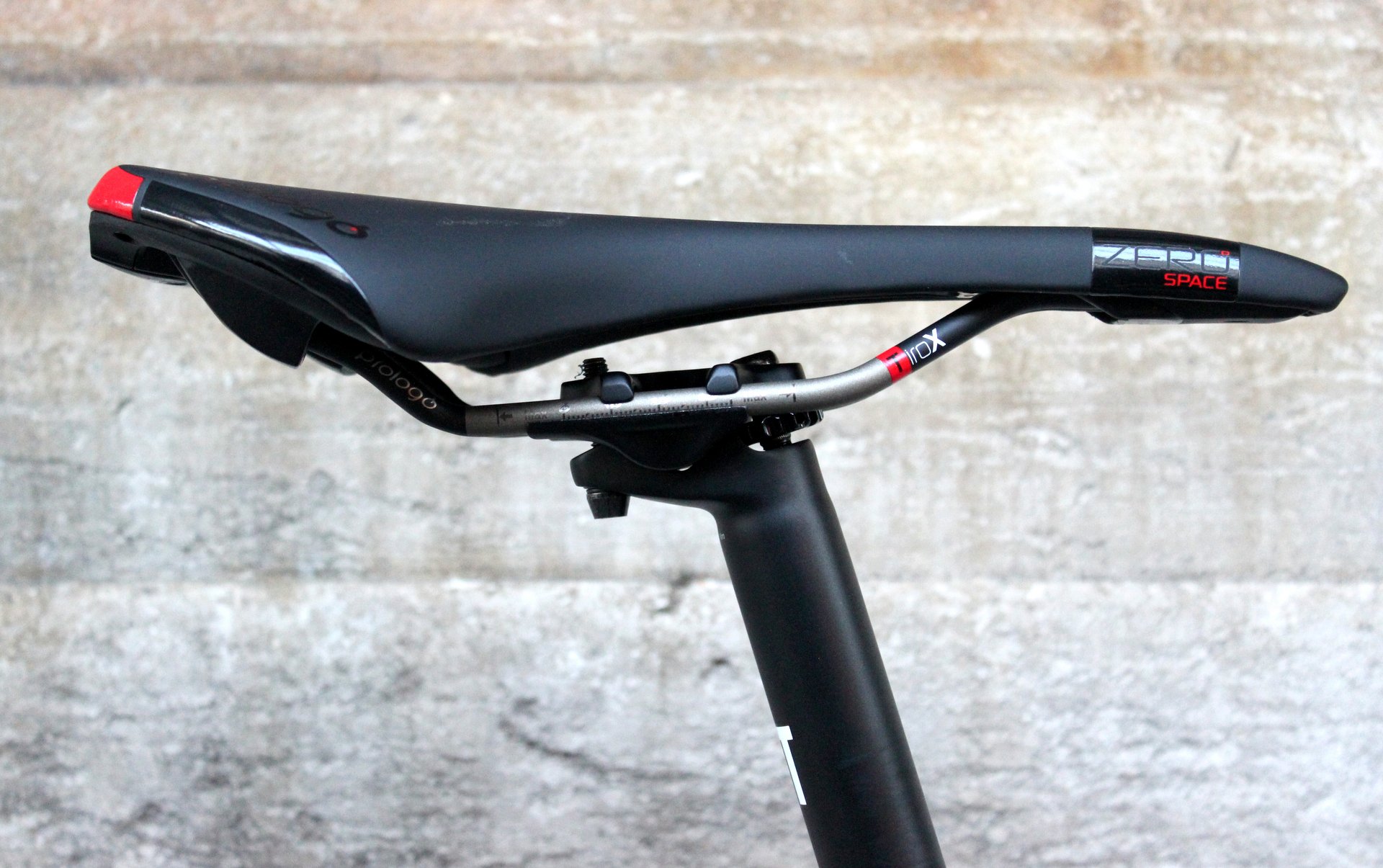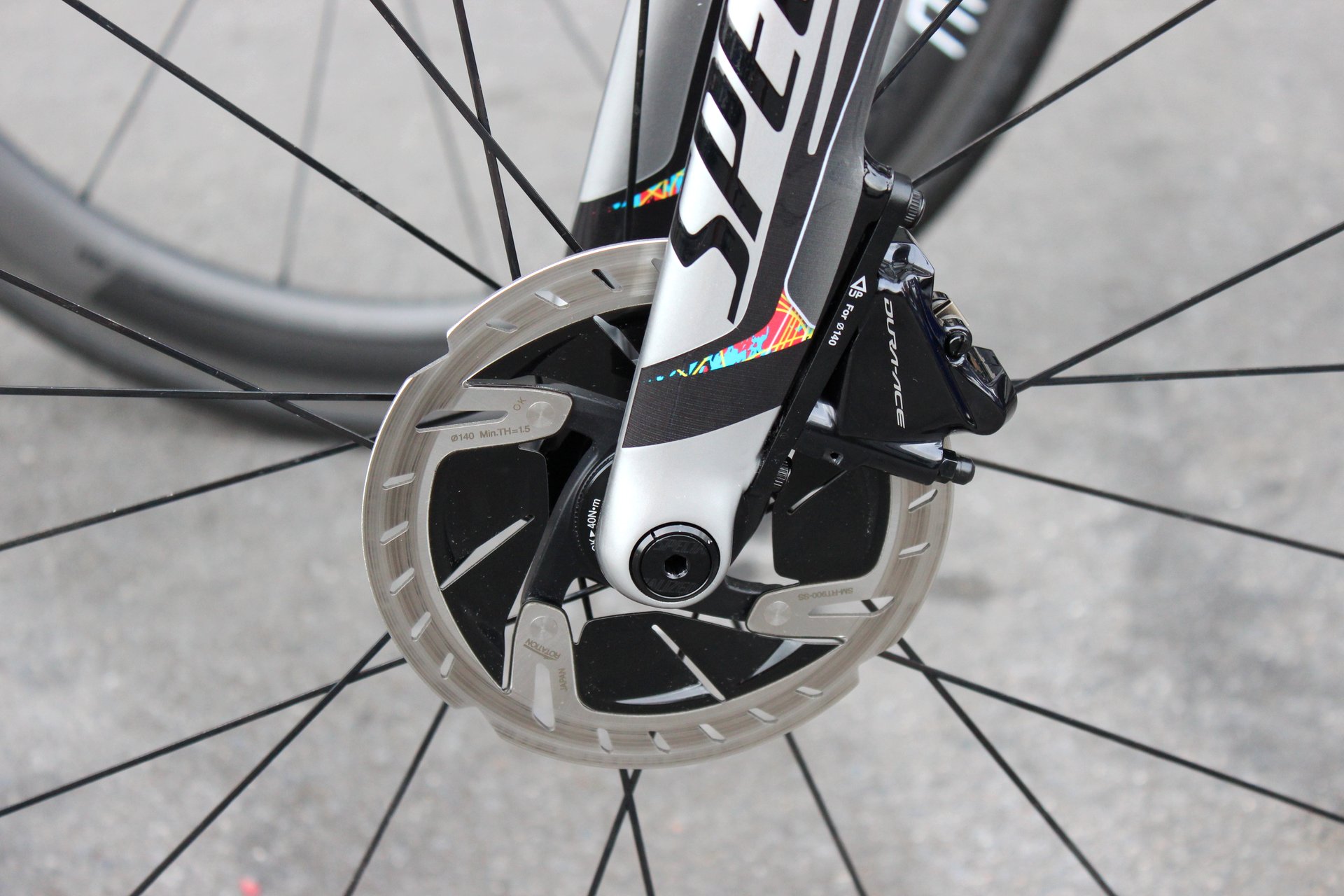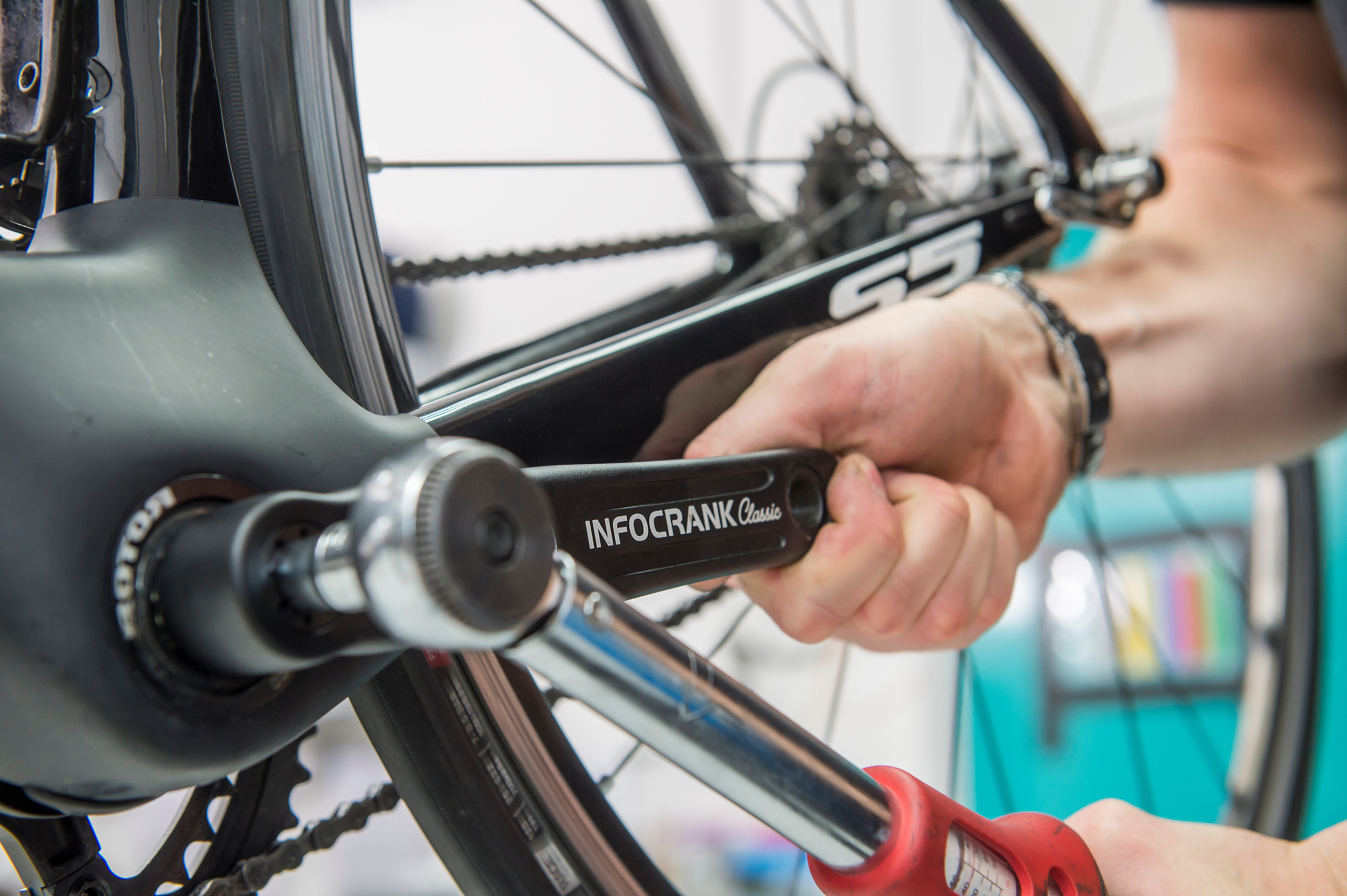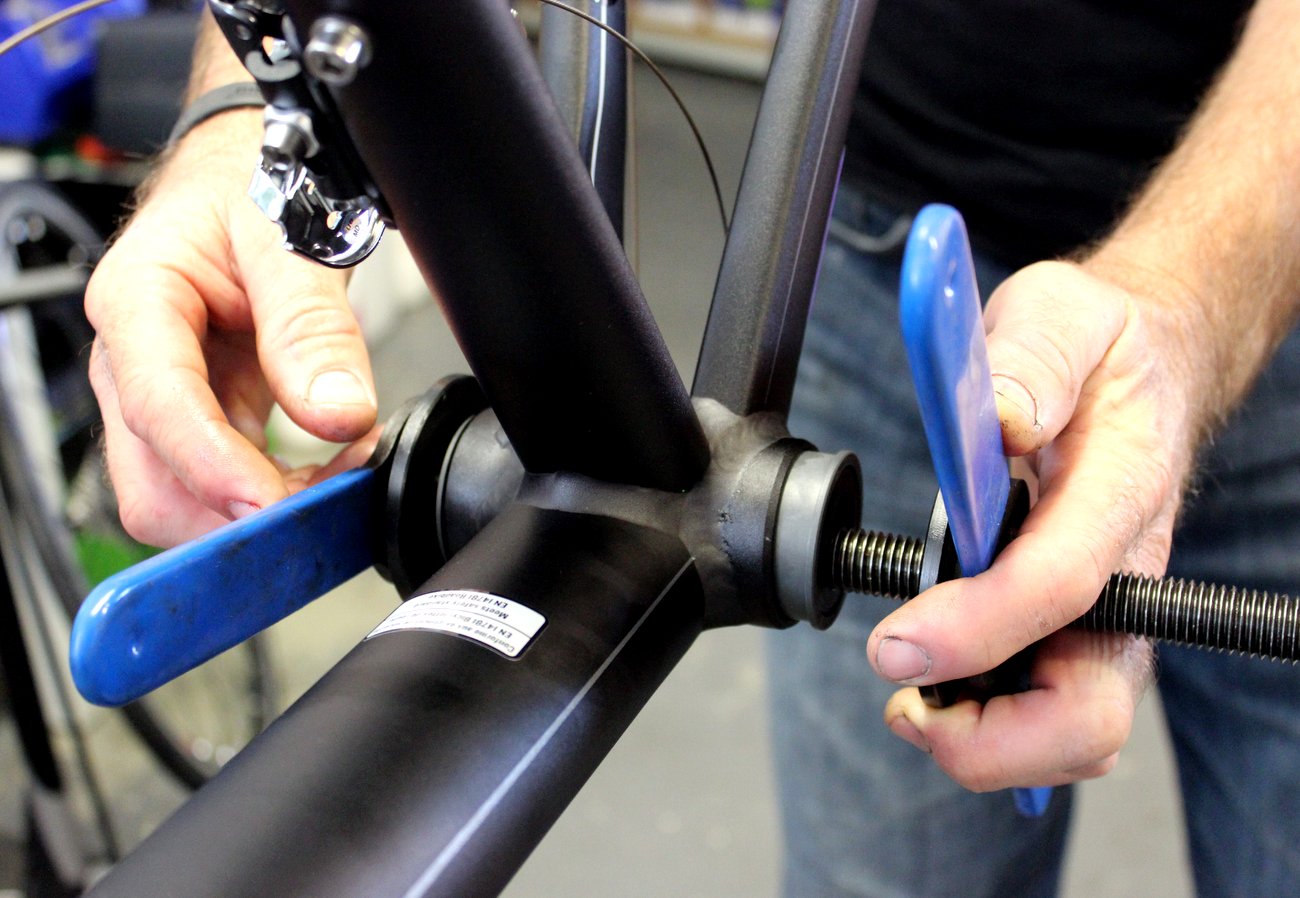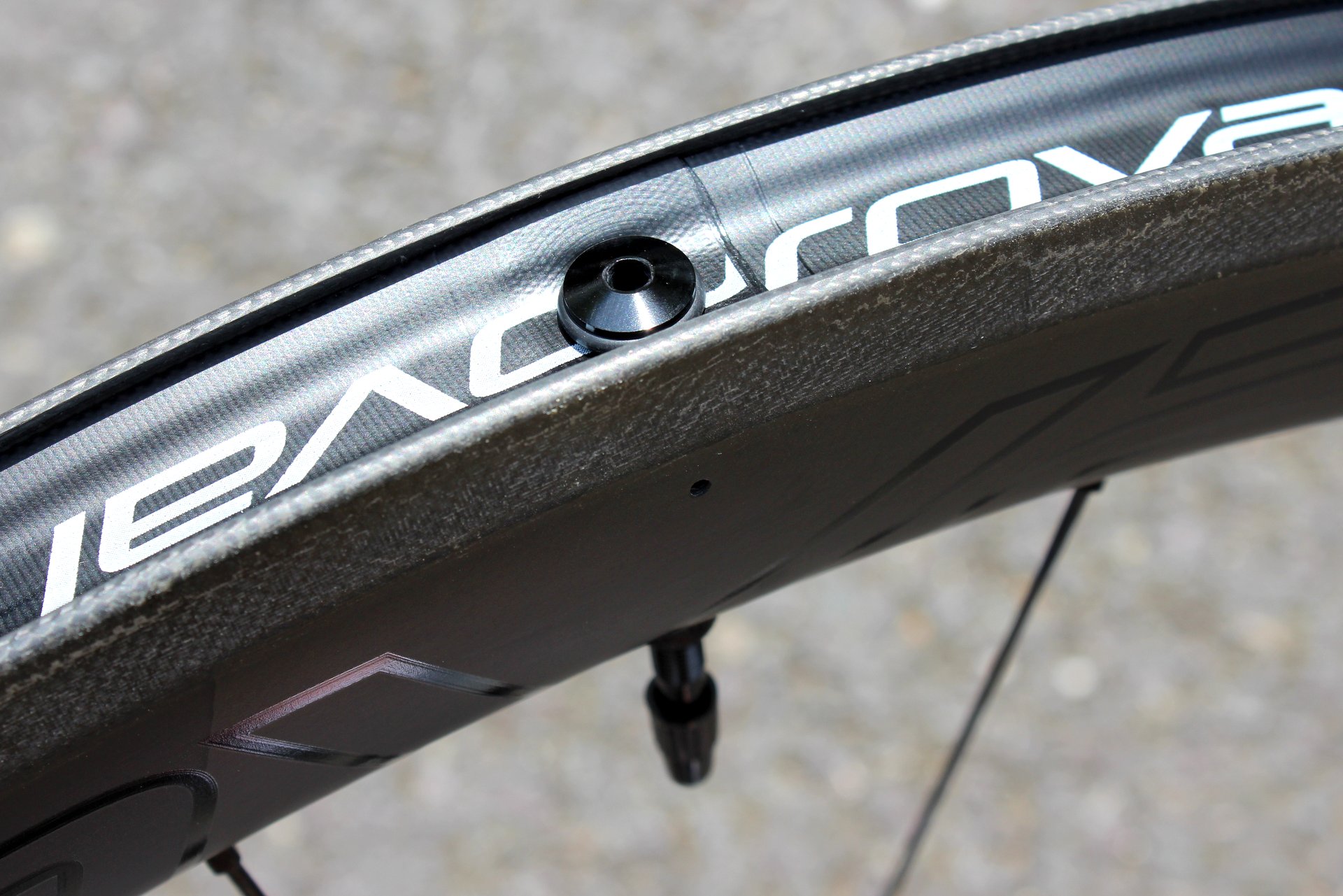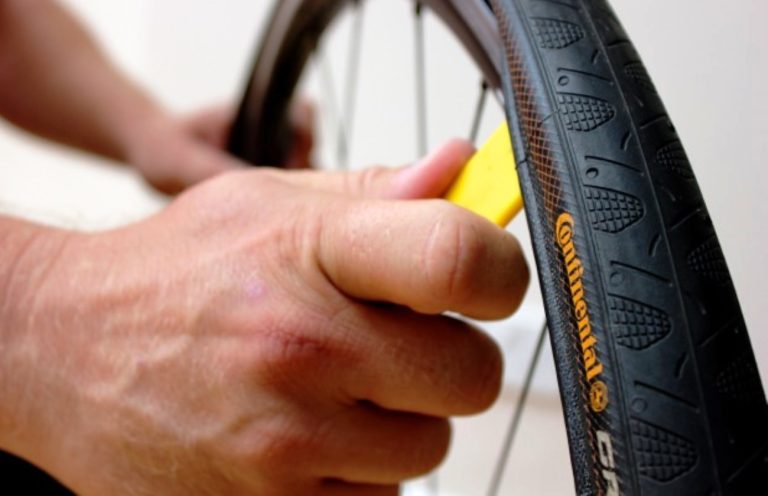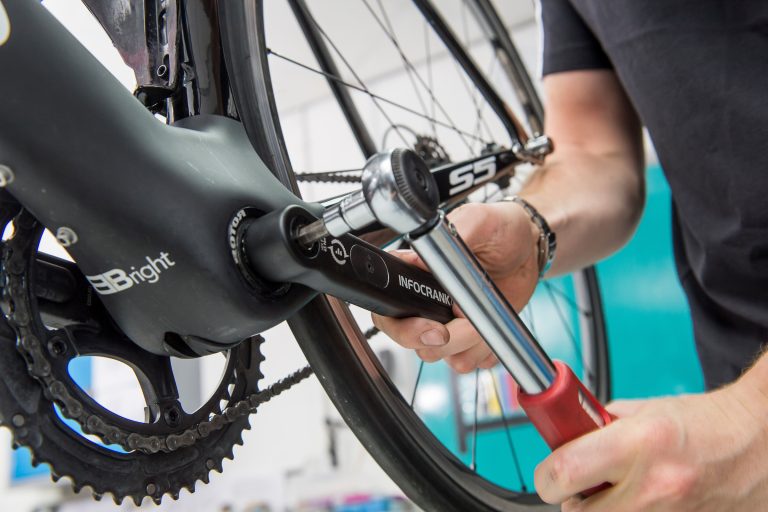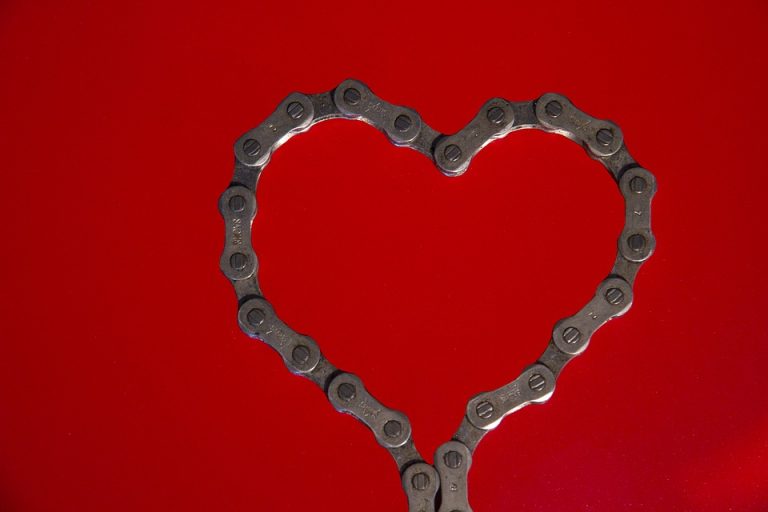With bike technology moving on apace, 21st-century workshop mechanics are faced with a multitude of issues that can really ruin a rider’s day out.
Gone are the days when everyone was their own mechanic, gluing their own tubs to rims and replacing bottom brackets with a mallet and some elbow grease; we all demand convenience in our lives, with the complexity of bike and component design meaning the services of a professional workshop are called upon by many riders.
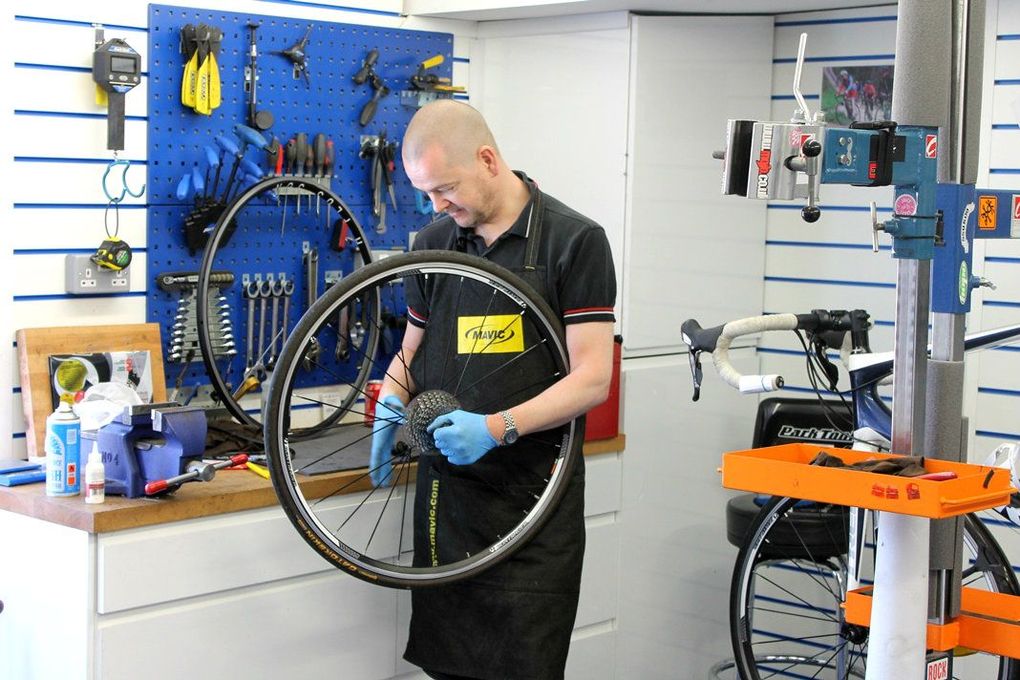
However, there remain some common problems that bike shop mechanics encounter almost every day that can be solved with a little knowledge, attention and due diligence.
We’ve spoken to Dan Braid, head mechanic at Sigma Sport’s workshop in Hampton Wick, London, and Alex Griffiths at Cadence Cycles in Bath, to get the lowdown and advice on how to keep your bike in top working order.

